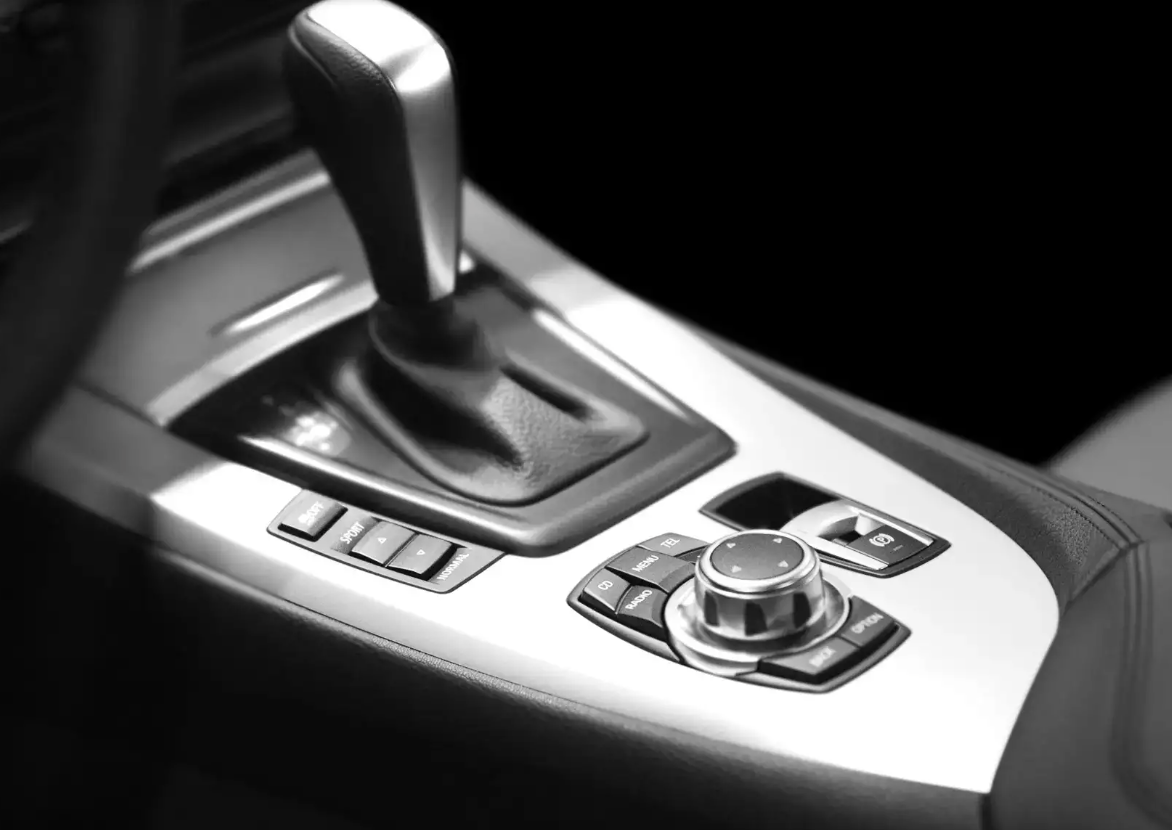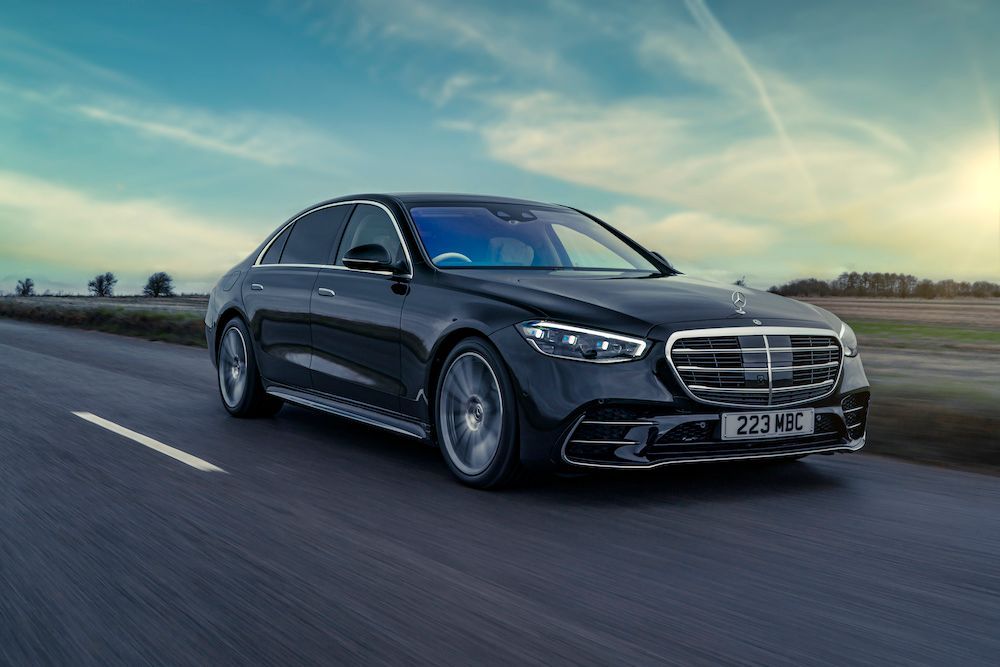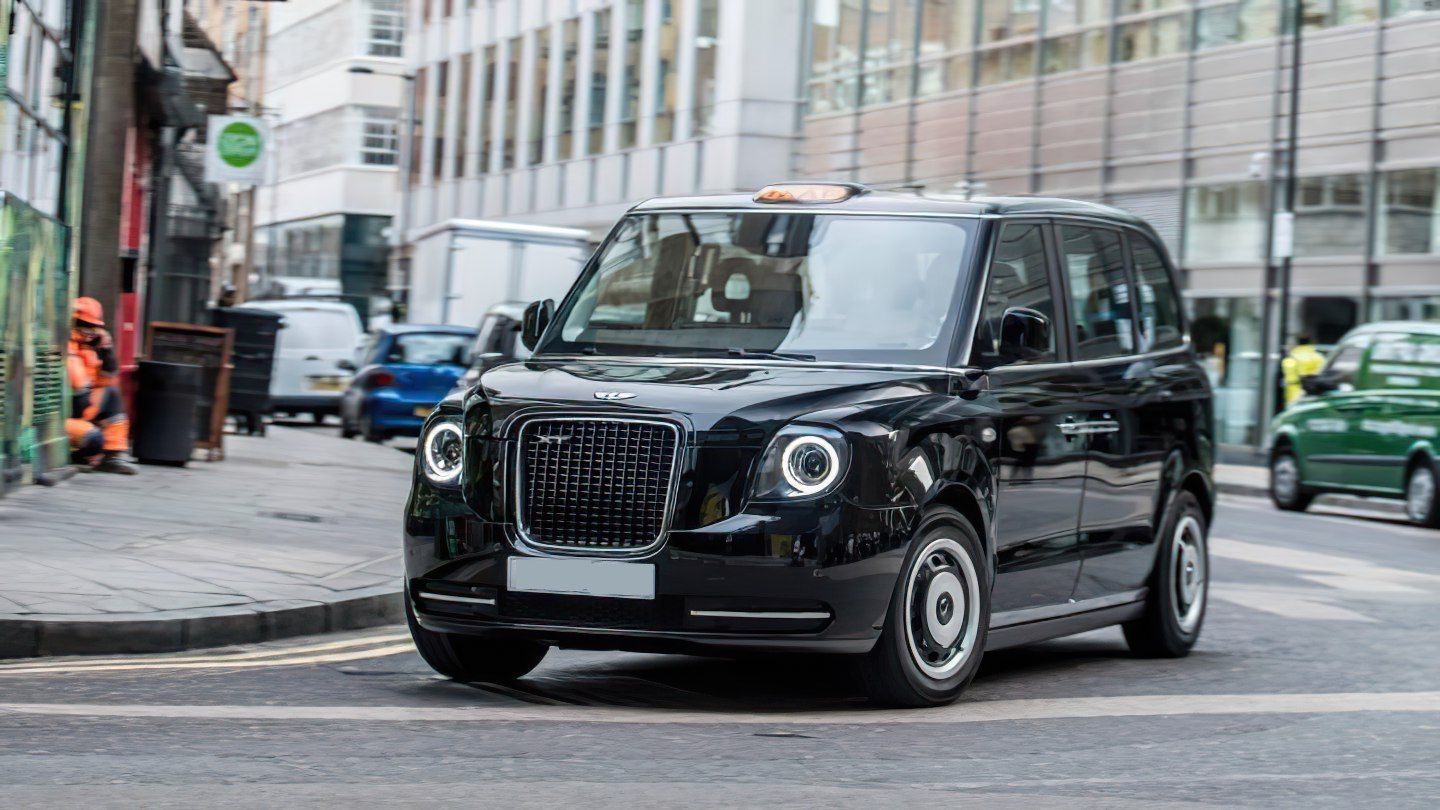The Gearstick Dilemma: Bridging the Atlantic Divide in Driving Preferences
Manual gear shifting in cars is becoming rare, following a trend seen in the US.
In the automotive world, the quintessential experience of shifting gears manually is rapidly becoming a relic of the past, mirroring a trend long observed across the Atlantic in the United States.

Recent analysis reveals a remarkable shift in driving preferences among Britons, with the number of individuals opting for automatic cars during their driving tests more than tripling over the past decade. This transformation echoes the longstanding preference for automatic transmissions in the United States, where manual gearboxes have been dwindling in popularity for decades.
The rise of electric cars and manufacturers' decision to phase out conventional gearboxes have accelerated this transition in the UK. As a result, modern car models in both countries operate similarly to bumper cars or milk floats, boasting impressive acceleration from standstill and effortless cruising.
In the past year alone, nearly 1.7 million individuals took their driving tests in the UK, with a significant portion (19%) opting for cars equipped with automatic gearboxes. This marks a stark contrast from a decade ago when only 7% of driving tests were conducted in automatic cars.
Despite the growing popularity of automatic transmissions, data from What Car? suggests that the pass rate for automatic tests is lower than for manuals, a trend observed on both sides of the Atlantic. This discrepancy is often attributed to learners in automatic cars taking their tests with less on-road experience and road safety awareness.
Driving instructors on both continents are witnessing a surge in demand for cars equipped with automatic gearboxes. In the UK, data from the AA Driving School indicates that over a third of individuals training to become instructors with the AA opted for automatic vehicles over manuals in 2023.
Claire Evans, Consumer Editor at What Car?, acknowledges the enduring appeal of manual gearboxes for driving enthusiasts but notes that on many mainstream models, manual transmissions are becoming obsolete. Factors contributing to the popularity of automatic transmissions include manufacturing trends, the rise in demand for electric cars, and the perception among younger drivers that manual driving skills are less necessary due to the gradual phasing out of manual transmissions.
As the UK continues to align with the US in driving preferences, the decline of the gearstick symbolizes a significant shift in the automotive landscape on both sides of the Atlantic, impacting driving habits and industry norms alike.
Interestingly, the UK is now mirroring the trend seen in the USA, with a significant shift towards automatic gearboxes. This change is evident not only in private vehicles but also in the taxi industry, where automatic transmissions are becoming increasingly popular among drivers.
So, what's driving this shift towards automatic gearboxes, especially among taxi drivers? The benefits are manifold, particularly for those navigating the bustling streets of London:
- Ease of Operation: Automatic gearboxes eliminate the need for manual gear shifting, allowing drivers to focus more on the road and passenger safety. This ease of operation is especially valuable in stop-and-go traffic, common in urban environments.
- Reduced Fatigue: Taxi drivers spend long hours behind the wheel, and automatic transmissions help reduce driver fatigue by eliminating the constant clutching and shifting associated with manual gearboxes. This can lead to increased driver comfort and overall well-being.
- Enhanced Efficiency: Automatic transmissions can optimize gear shifts for maximum fuel efficiency, ensuring smooth acceleration and optimal engine performance. This not only benefits the driver in terms of fuel savings but also contributes to a greener, more sustainable transport system.
- Improved Accessibility: Automatic taxis are often preferred by passengers with mobility issues or disabilities, as they offer smoother rides and easier ingress and egress compared to manual vehicles. This accessibility feature can help taxi drivers cater to a wider range of passengers and enhance customer satisfaction.
As the UK's taxi fleet continues its transition towards zero emission vehicles, the adoption of automatic gearboxes represents a pivotal step towards creating a cleaner, more efficient transport network.
By embracing this trend, taxi drivers are not only contributing to the fight against air pollution but also reaping the benefits of modern automotive technology for a smoother, more comfortable driving experience.
The trend continues on its trajectory to full auto.
You might also like
Location
Oaktree Business Centre, Mill Lane, Ness, Wirral CH64 8TP
sales@taxifinancedirect.co.uk
Call
0208 004 2813
Authorised and regulated by the FCA – FRN – 727280. Taxi Finance Direct is a trading name of Skyemotion Ltd. We provide unregulated agreements. We process your personal information in accordance with the data protection act. ICO Registration No. ZA135017. Oaktree Court Business Centre, Mill Lane, Ness, CH64 8TP




